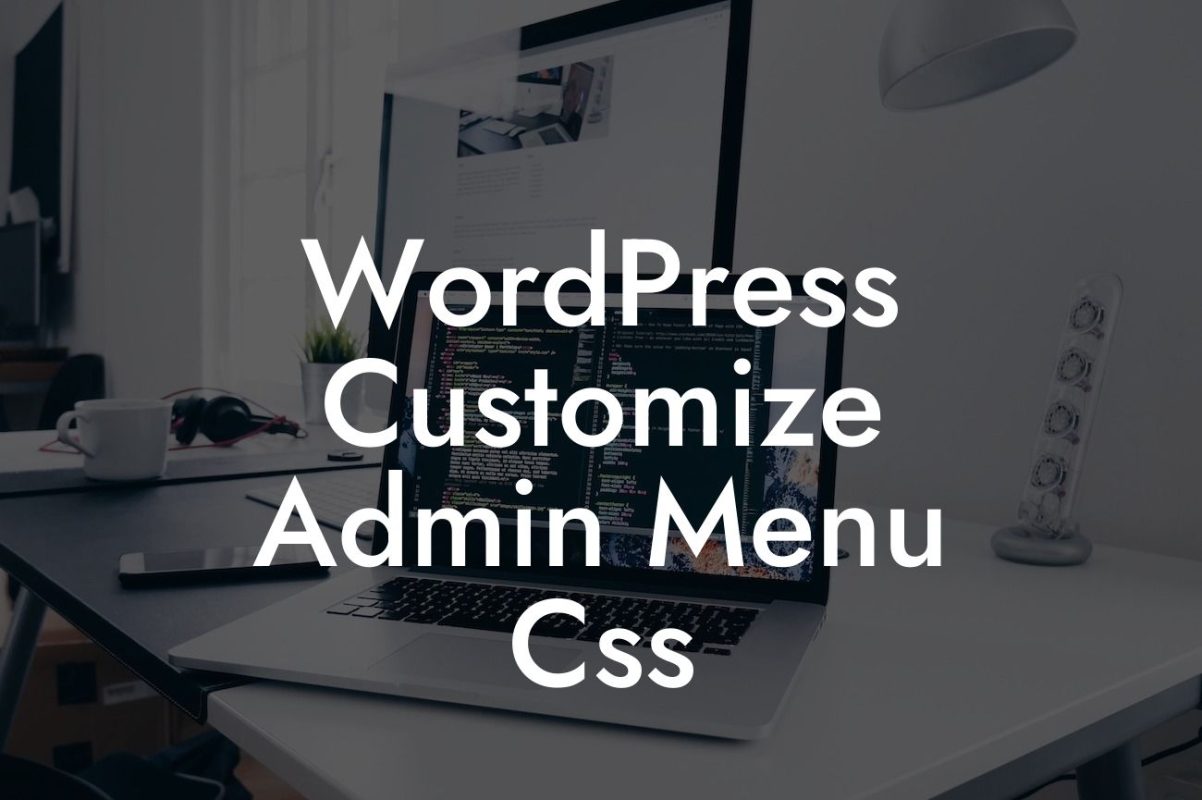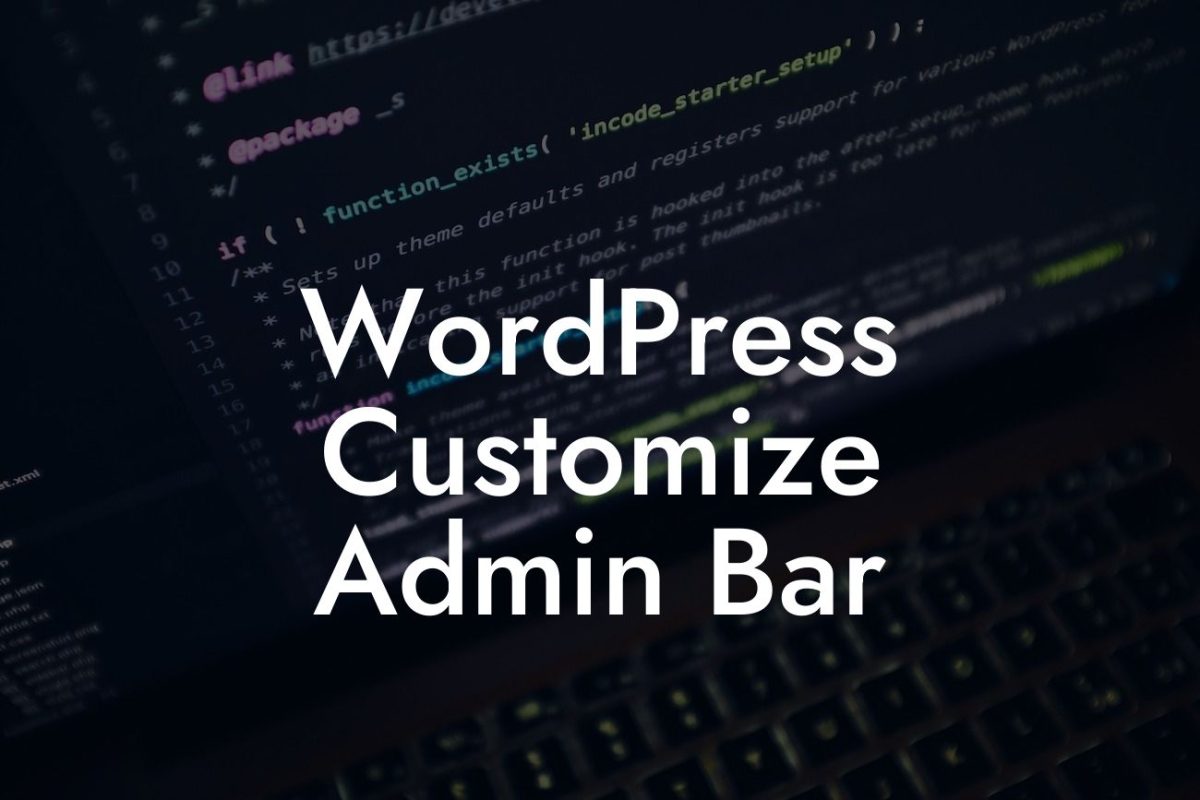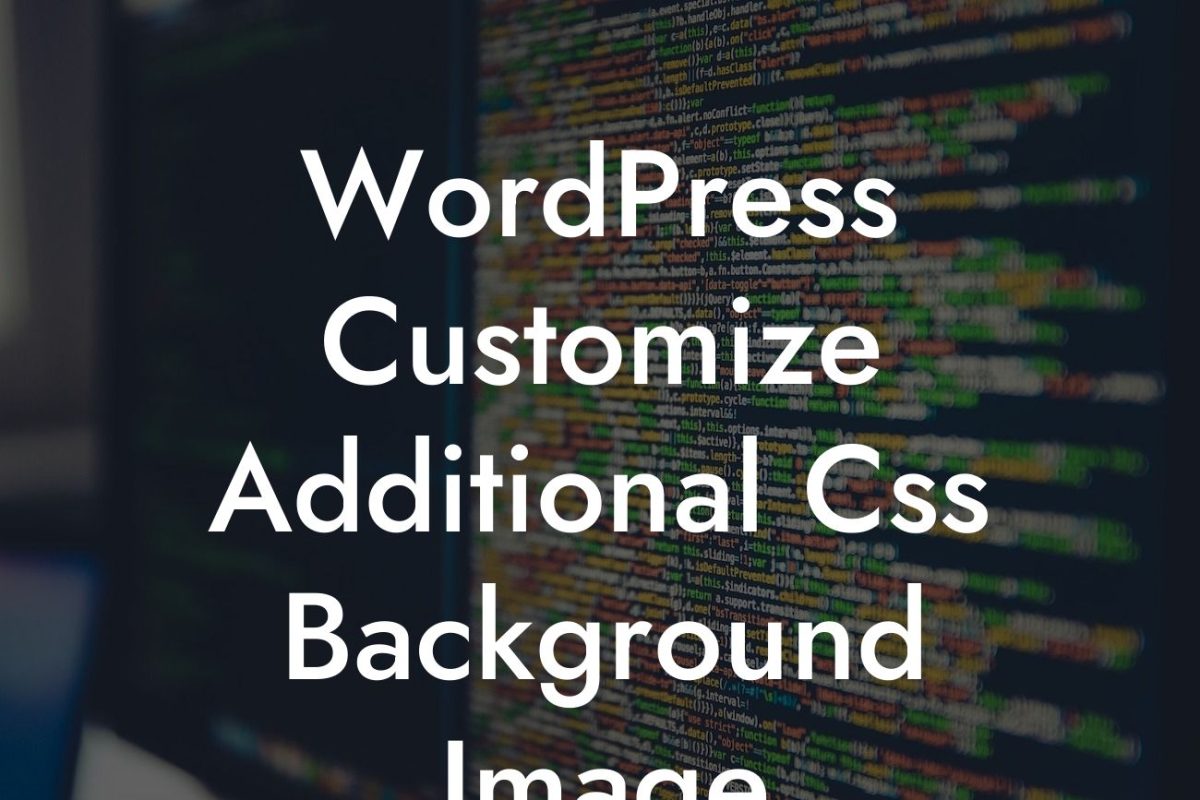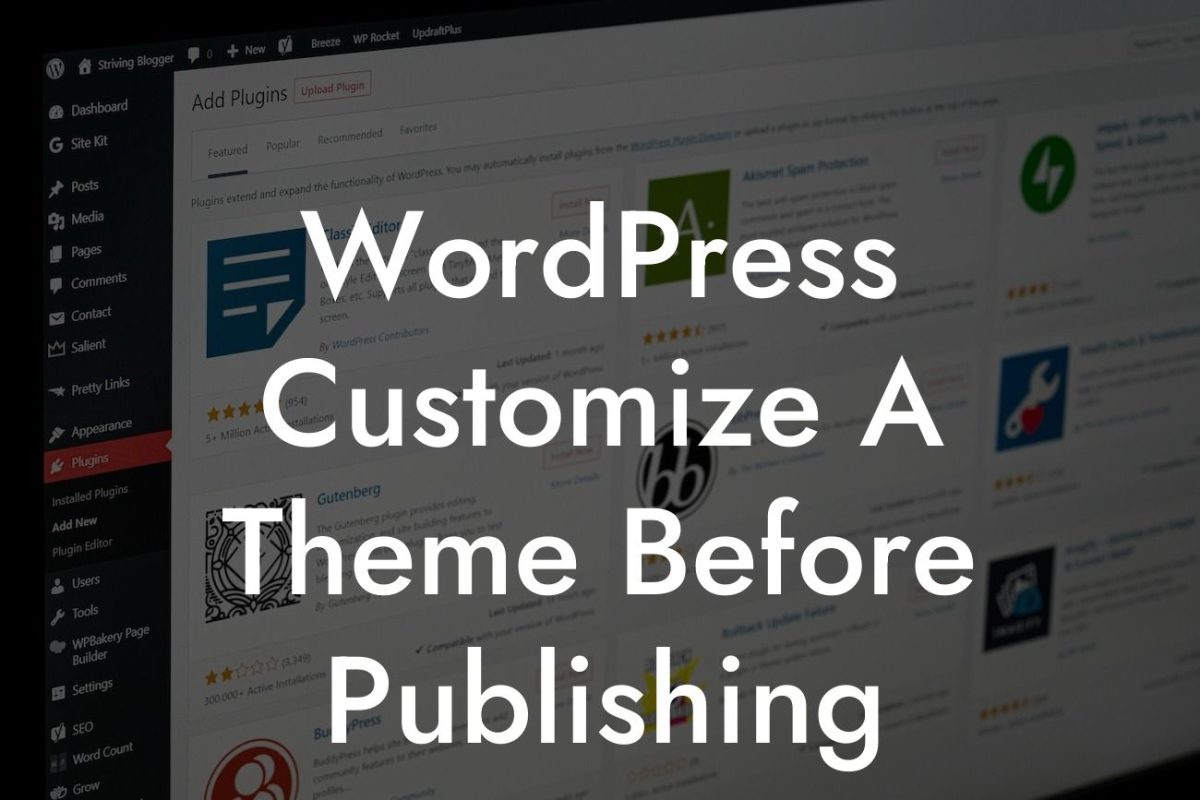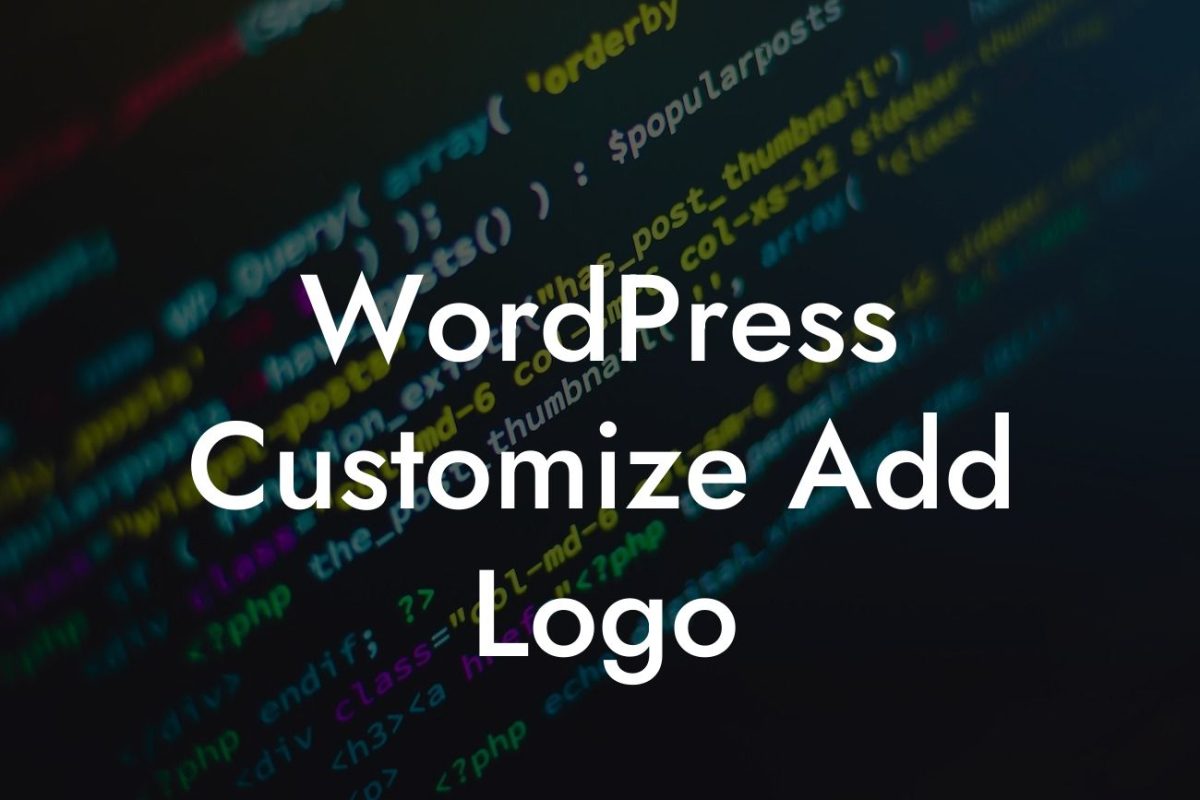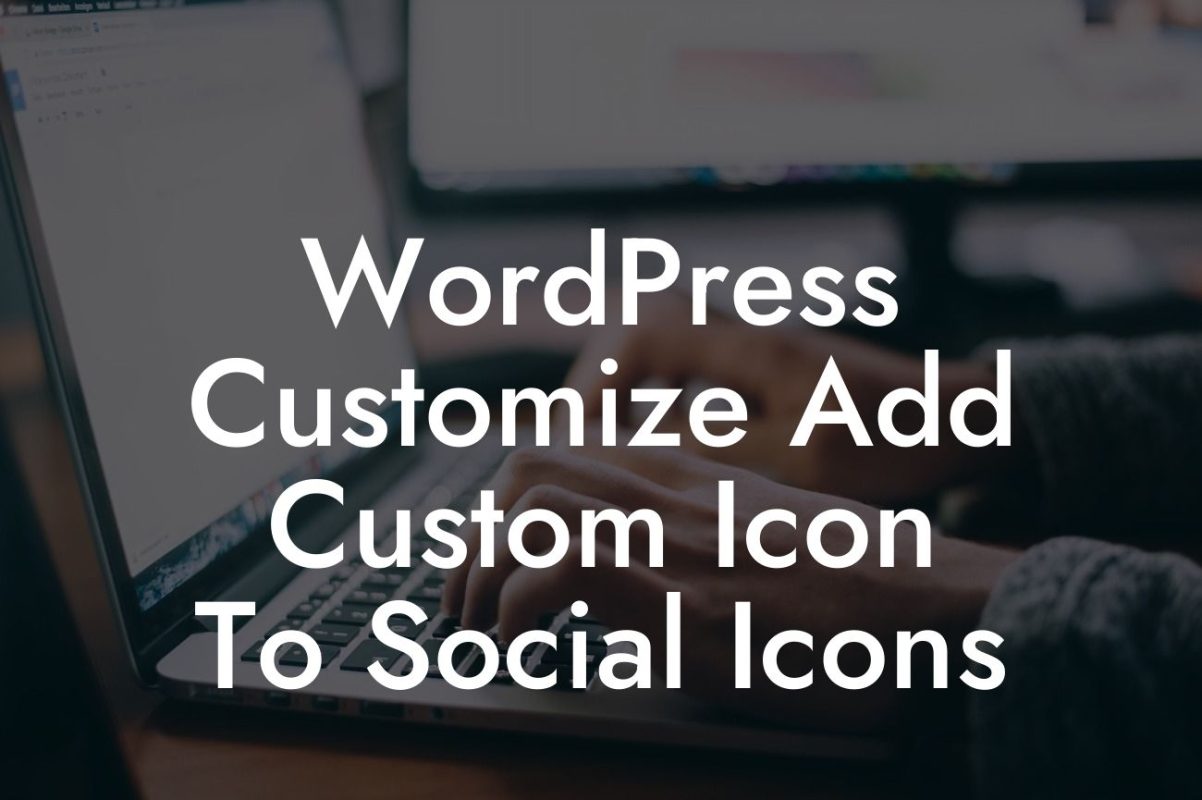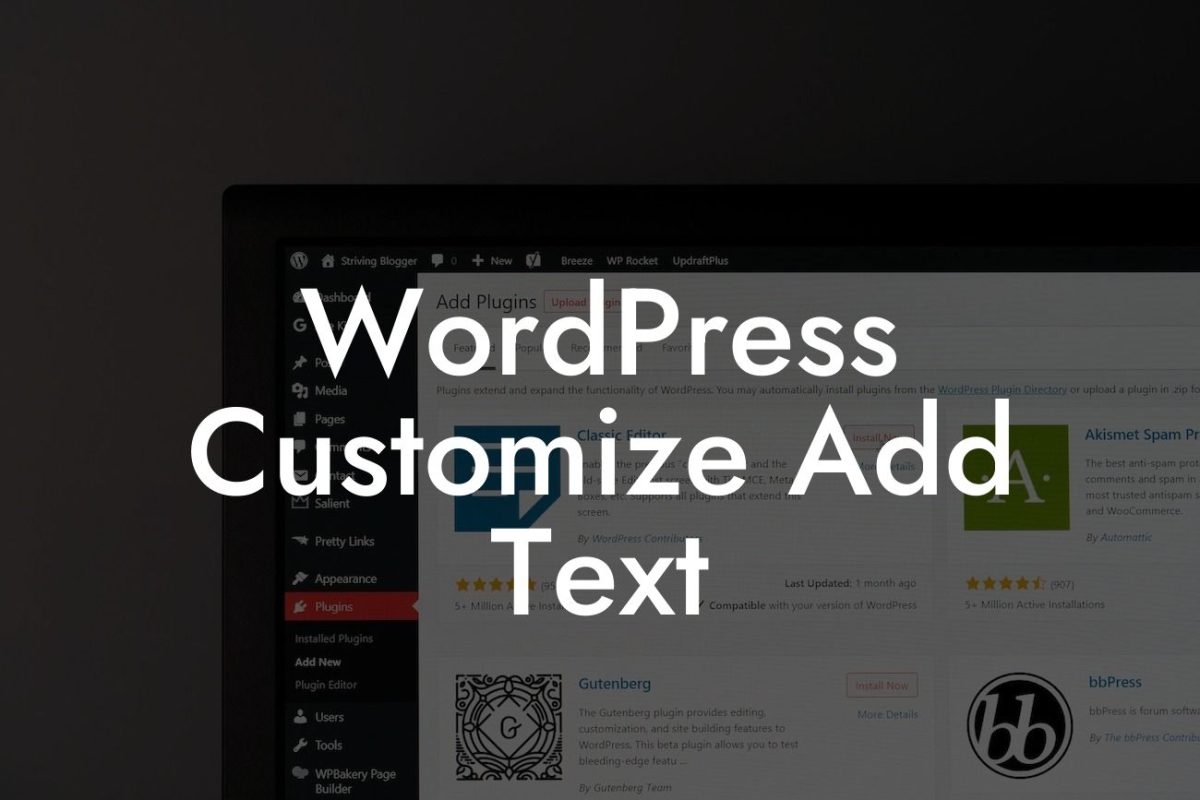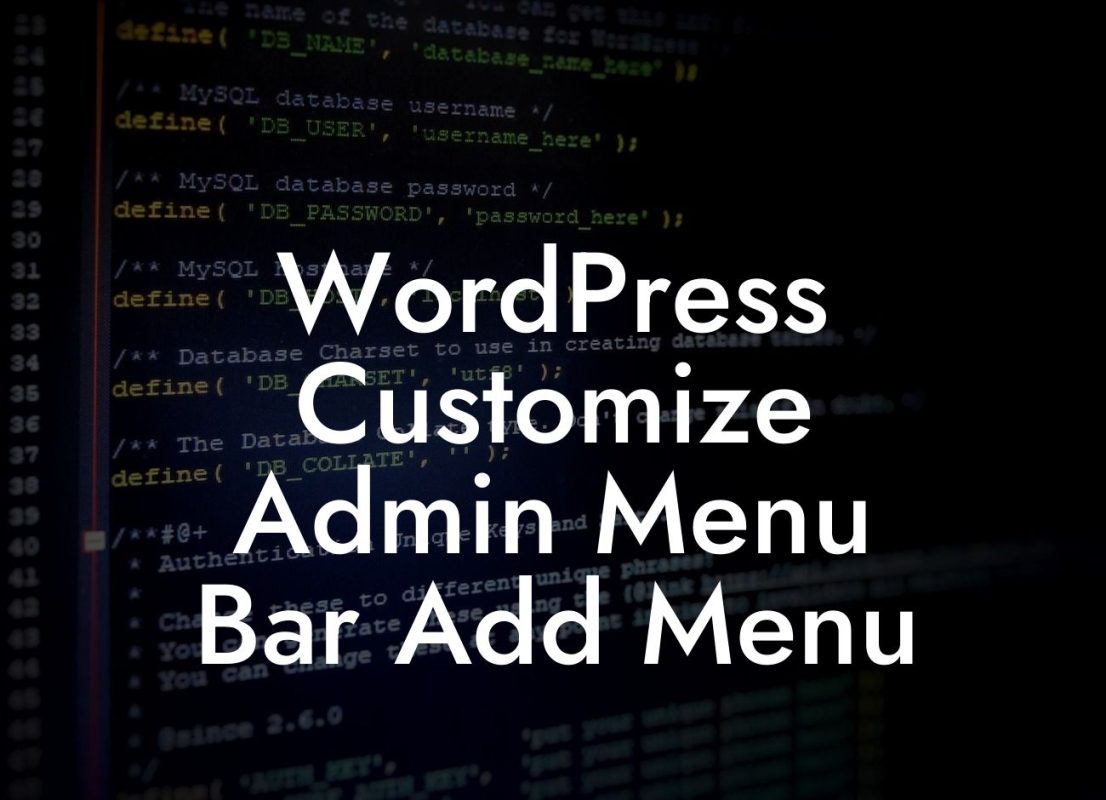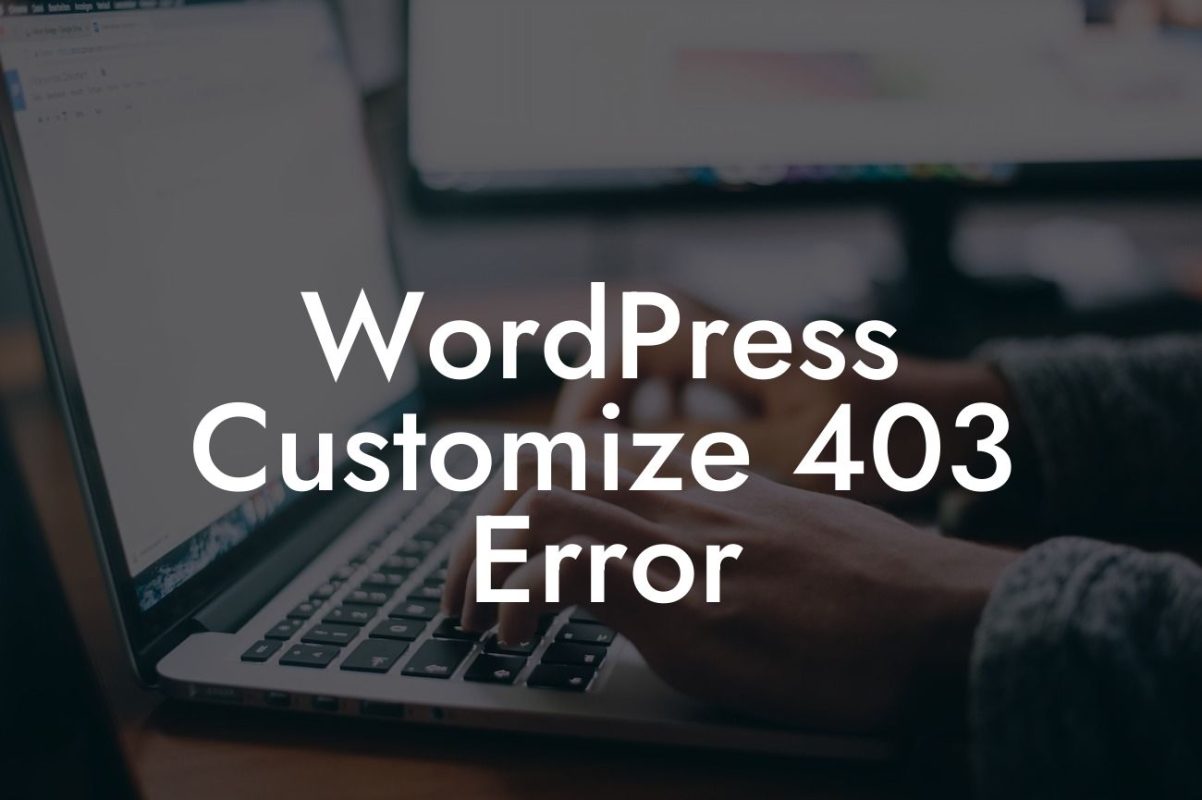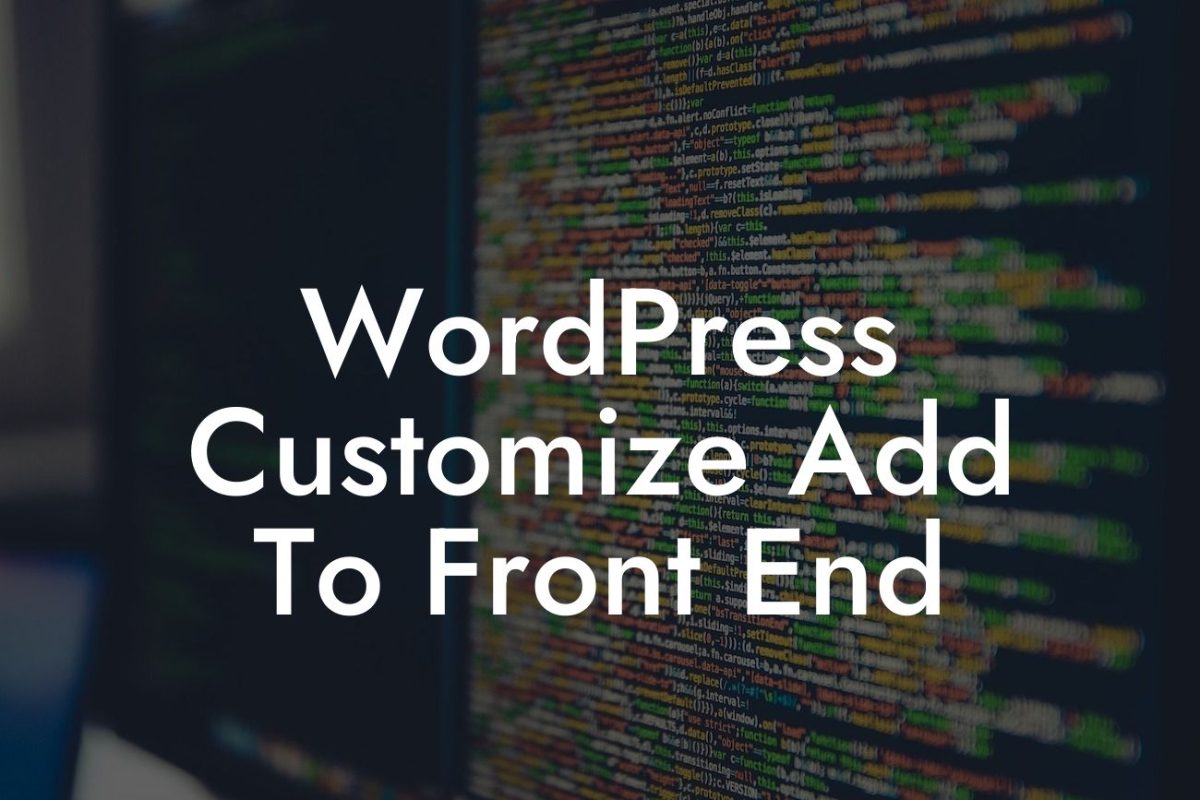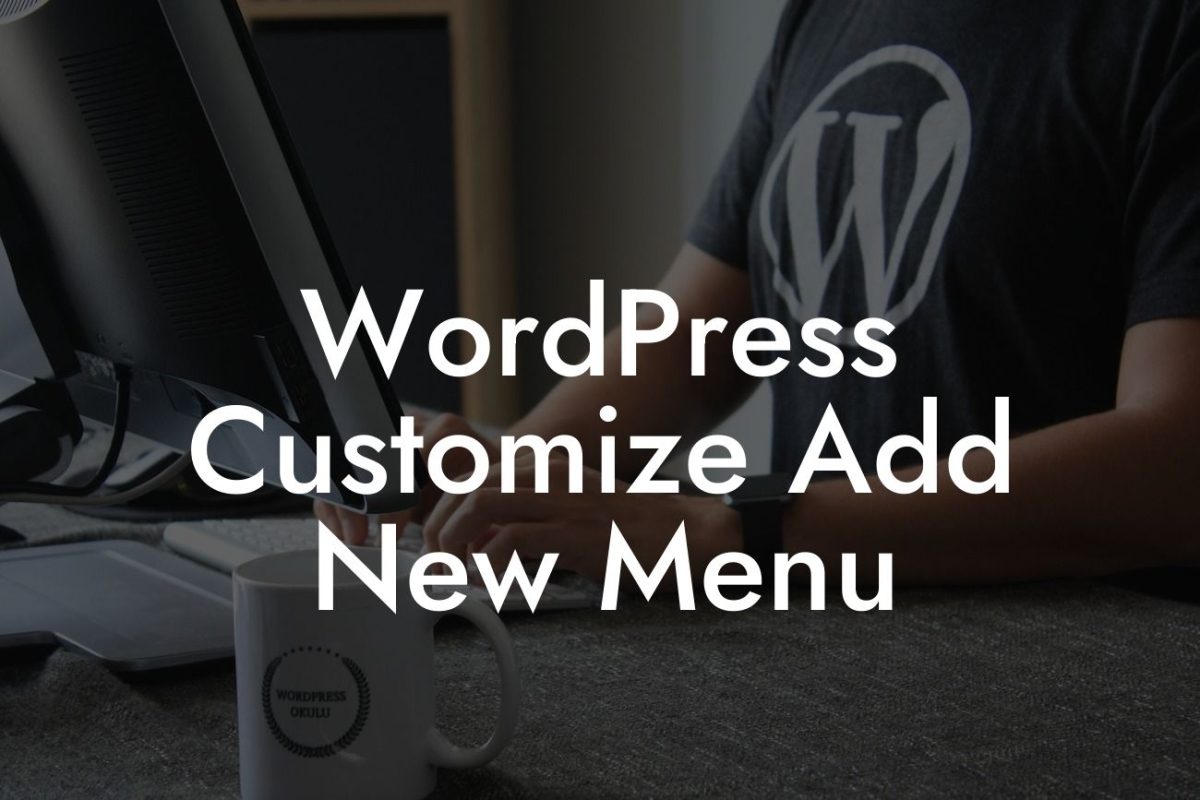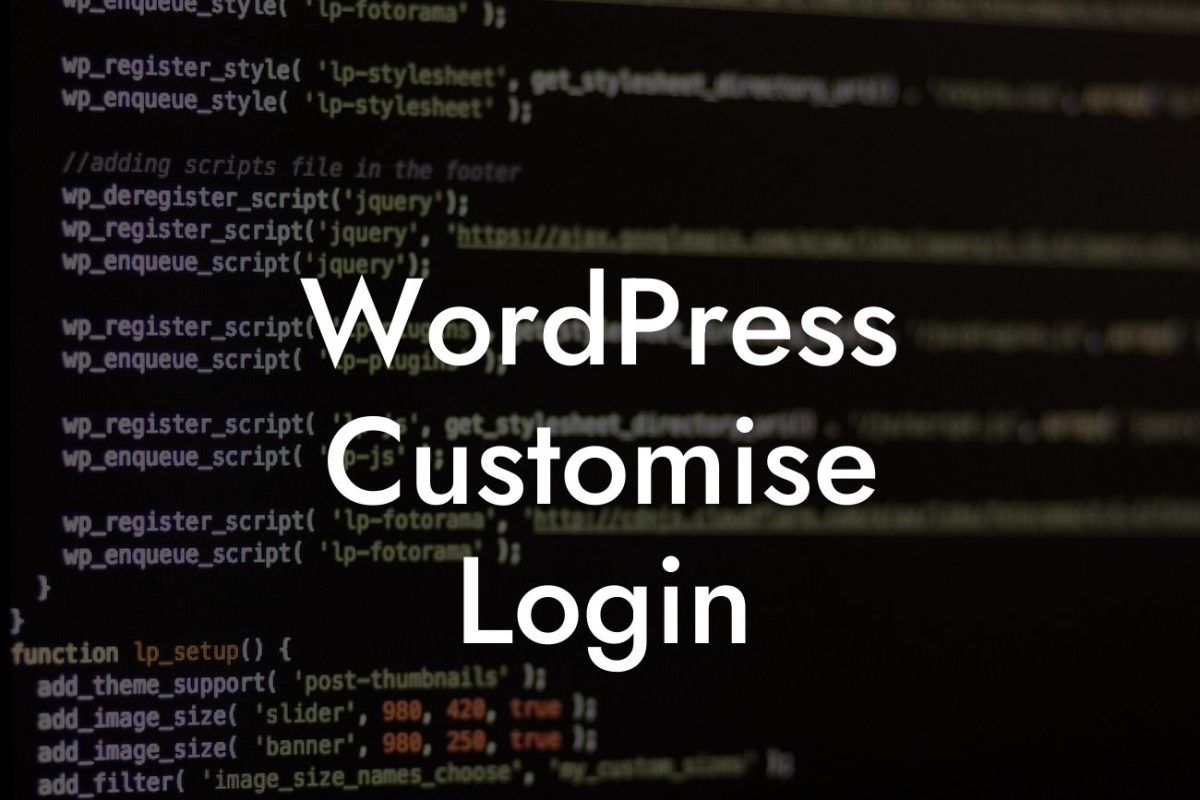---
Meta tags play an essential role in optimizing your website for search engines and improving its visibility. In WordPress, changing meta tags might seem like a daunting task, especially for small businesses and entrepreneurs who are new to the platform. However, fear not! This comprehensive guide will walk you through the process of changing meta tags in WordPress, ensuring your website stands out and attracts more organic traffic.
Changing meta tags in WordPress involves a few simple steps that can significantly impact your website's performance. Let's dive in!
1. Install and Activate a Plugin:
To make the process easier, DamnWoo offers a powerful WordPress plugin called "MetaTagWizard." It allows you to manage meta tags effortlessly, saving you both time and effort. Simply install and activate the plugin from the WordPress dashboard, and you're ready to customize your website's meta tags.
Looking For a Custom QuickBook Integration?
2. Access the MetaTagWizard Settings:
Once the plugin is activated, navigate to the WordPress dashboard and locate the MetaTagWizard settings. This section provides you with various options to control and customize your meta tags. Take some time to familiarize yourself with the available features and settings.
3. Edit Meta Tags for Individual Pages:
To change meta tags for specific pages, open the page editor in WordPress. Scroll down to find the MetaTagWizard section, where you can input custom meta tags for the page's title, description, and keywords. Craft engaging and keyword-rich content that accurately represents your page.
4. Customize Meta Tags for Posts:
Similarly, you can customize meta tags for individual posts by accessing the post editor. Beneath the content editor, you'll spot the MetaTagWizard section, allowing you to optimize the post's meta tags effectively. Craft unique and compelling titles and descriptions to encourage click-throughs from search engine results.
5. Set Default Meta Tags for Archive Pages:
Archive pages, such as category pages or search result pages, often display multiple posts. To set default meta tags for these pages, return to the MetaTagWizard settings. You can define a template for archive pages, ensuring consistent and optimized meta tags across your site.
How To Change Meta Tags In Wordpress Example:
Imagine you're a small business owner running a boutique hotel. With the MetaTagWizard plugin, you can easily change meta tags for your homepage, room pages, and blog posts. For the homepage, an engaging title like "Luxury Accommodations in the Heart of the City" paired with a description highlighting unique amenities and local attractions can significantly boost your online visibility. Similarly, optimizing the meta tags for individual room pages and blog posts with relevant keywords and captivating descriptions can attract more potential guests and blog readers.
Congratulations! You have successfully learned how to change meta tags in WordPress using DamnWoo's MetaTagWizard plugin. By taking control of your website's meta tags, you are now one step closer to elevating your online presence and supercharging your success. Don't forget to share this article with fellow entrepreneurs and explore other guides on DamnWoo to unlock further insights and strategies. Try one of our awesome plugins today and witness the extraordinary power of DamnWoo firsthand.


